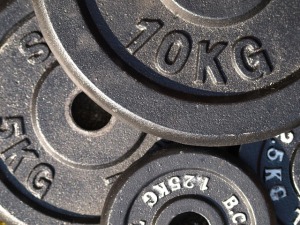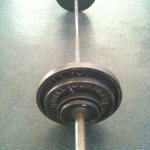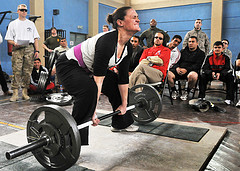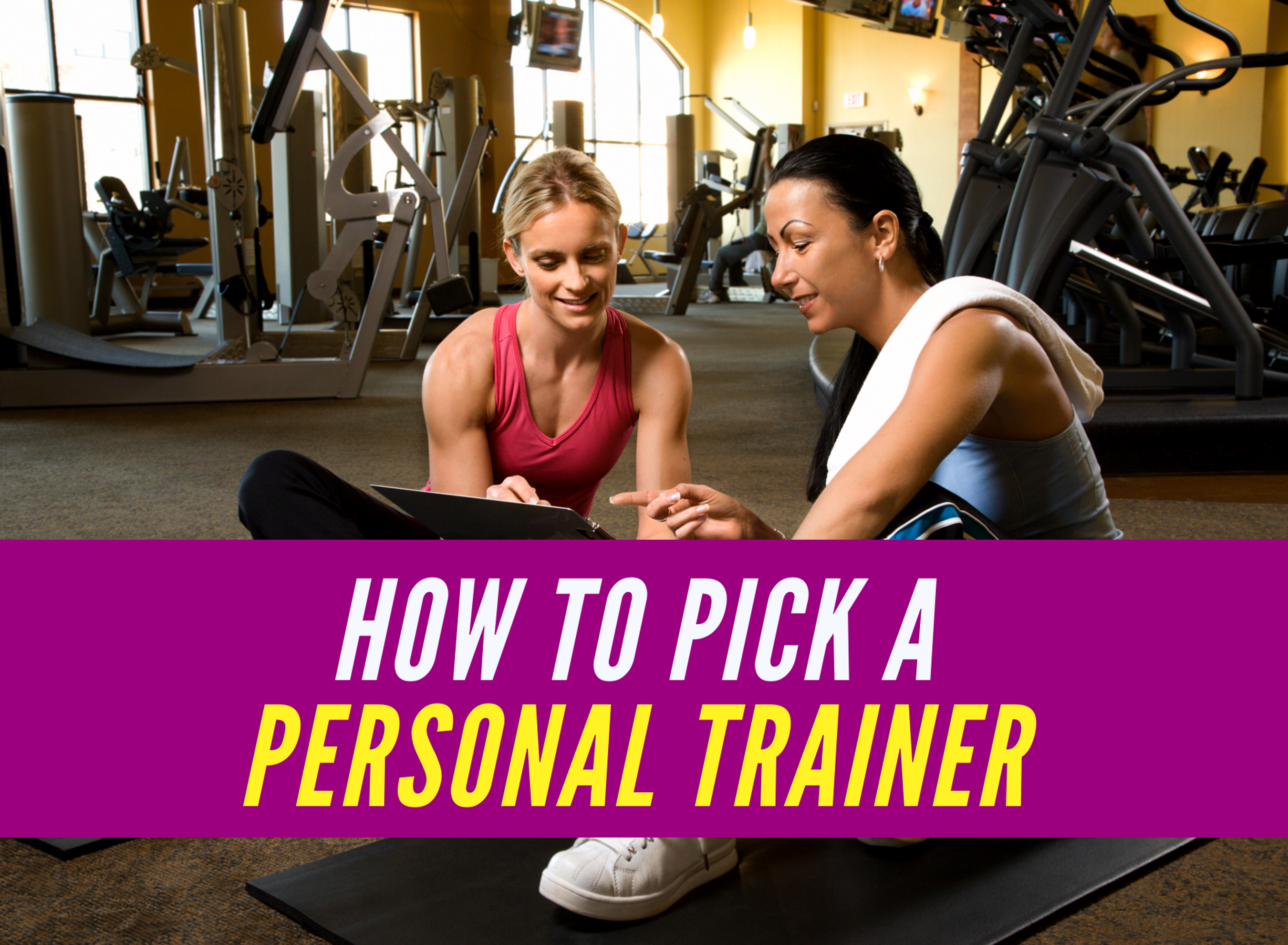Tips for Increasing Deadlift and Squat Strength
 Let’s face it – that beast feeling on a certain lift, or killing a new Personal Record (PR) at the gym just feels good. The first time I was able to bench/squat/deadlift my body weight will always land somewhere in my top 5 all time “beast moments” (right next to hitting double digit pull-ups). For women especially, strength is empowering, and getting stronger is a sense of accomplishment like no other. If you’ve been lifting for a while and are ready to start pushing your maxes to the next level, it’s good to know a few basic tricks of the strength trade. Understanding what could help you to blast through your strength plateaus, will have you adding more plates to the bar, more often.
Let’s face it – that beast feeling on a certain lift, or killing a new Personal Record (PR) at the gym just feels good. The first time I was able to bench/squat/deadlift my body weight will always land somewhere in my top 5 all time “beast moments” (right next to hitting double digit pull-ups). For women especially, strength is empowering, and getting stronger is a sense of accomplishment like no other. If you’ve been lifting for a while and are ready to start pushing your maxes to the next level, it’s good to know a few basic tricks of the strength trade. Understanding what could help you to blast through your strength plateaus, will have you adding more plates to the bar, more often.
Today, let’s look at two basic compound lifts for the lower body – the deadlift and the squat.
Deadlifts:
Grip Strength– One huge component to increasing deadlift numbers is to increase your grip strength. If your back and legs can pull a certain weight but the bar is slipping from your fingers, it’s a no-go. In order to get a stronger grip, try things such as farmer walks and hanging from a pull up bar (arms extended) for as long as possible. The key is that endurance of the smaller muscles is required in order to put up big numbers. So in addition to adding these types of exercises into your routine, be sure to use a periodized rotation that phases in lighter weights/higher reps from time to time, for the sole purpose of building that endurance.
 Grip Positioning– Some people prefer to grip both hands overhand, both hands underhand or a mix of both. It’s important to start with what feels most comfortable and adjust as you become more confident in the lift. If you grip both under and overhand for example, you may find that switching which hand is over and which is under gives you a better and stronger grip. Try all three methods to see which works best for you.
Grip Positioning– Some people prefer to grip both hands overhand, both hands underhand or a mix of both. It’s important to start with what feels most comfortable and adjust as you become more confident in the lift. If you grip both under and overhand for example, you may find that switching which hand is over and which is under gives you a better and stronger grip. Try all three methods to see which works best for you.
Stance Styles– Some people deadlift sumo-style (very wide stance) and others do so conventionally (shoulder width). If you’re struggling with deadlift as you currently do it, change up the stance. You may find you are stronger in one than the other, as often is the case. If you have long arms and a short torso, conventional style is recommended. If your torso is longer and your arms are shorter, try sumo.
Using hooks, straps or other accessories can and should be a last resort for when you are A) an intermediate to advanced lifter, really trying to break a plateau on an all out lift, and/or B) at the end of a workout when your smaller muscles have been fully fatigued — but you need to press on for whatever reason. These tools can be extremely helpful in those scenarios, but can easily cause a dependency in newer lifters who truly should be developing proper grip strength and forearm endurance before attempting to lift very heavy weight. There are always exceptions to the above (such as having carpal tunnel, or other issue that inhibits grip abilities for longer periods of time), but generally most recreational lifters can leave the accessories to vet bodybuilders and powerlifters. Gloves are another accessory that may be of great assistance to one person but a hindrance to another. If gloves help you, it’s perfectly fine to use them throughout your workout. If they seem to be obstructing your lift, try using chalk instead to assist with grip without the bulk.
Squats:
 Increase Flexibility– As beginner lifters we, ironically, tend to skip out on the most fundamental areas of strength training. We place all the emphasis on the actual lift — and not what is surrounding it (warmup, cool-down, stretching) — creating a nasty habit as time progresses. As a result, we get tighter and tighter over time, eventually bringing our results to a screeching halt. If there’s one thing that vet lifters know is that flexibility is the cornerstone of any great lift. You’ll need sufficient flexibility in your ankles and hips in order to squat safely and properly, especially with a good bit of weight. Work on increasing your flexibility in these areas. Try hip flexor stretches, tennis ball rolling on your feet/ankles, knee hugs, and side to side leg swings. Always remember to do a proper warm up and cool down before lifting.
Increase Flexibility– As beginner lifters we, ironically, tend to skip out on the most fundamental areas of strength training. We place all the emphasis on the actual lift — and not what is surrounding it (warmup, cool-down, stretching) — creating a nasty habit as time progresses. As a result, we get tighter and tighter over time, eventually bringing our results to a screeching halt. If there’s one thing that vet lifters know is that flexibility is the cornerstone of any great lift. You’ll need sufficient flexibility in your ankles and hips in order to squat safely and properly, especially with a good bit of weight. Work on increasing your flexibility in these areas. Try hip flexor stretches, tennis ball rolling on your feet/ankles, knee hugs, and side to side leg swings. Always remember to do a proper warm up and cool down before lifting.
Deloading – if you have a problem with flexibility (you’ve hit a plateau, can’t squat past parallel, or feel the lift in your knees), then it’s likely time to deload. Take a break, decrease the load on the bar and work on endurance, flexibility, and form. If you can’t perform a full range-of-motion (ROM) squat without weight, there’s no reason to go loading up the bar again just yet. After some down time, slowly start increasing the weight again, stopping whenever you reach a weight that you does not allow you full ROM. Work through any inflexibility and move on only when you can do the move properly with the intended weight amount. Practicing any lift with only partial ROM will compound the problem. Deloading every 4-10 weeks and placing some much needed focus on flexibility and bodyweight ROM can go a long way in improving your PRs when it’s time to hit it hard again.
Experiment with Grip Width– Some people do better (especially on heavy squats) with a wide grip versus a narrower one. Depending on wrist strength too, some grips work better than others. For example, some people find they have better control of the bar when they are gripping really wide on heavy squats. If your legs can handle the weight but the bar is slipping off your back, what’s the point? Find a grip width that works for you and helps you execute the squat properly and safely.
Compound lifts are all around excellent exercises as they require the engagement of a ton of muscles in order to execute. Our bodies love the benefits of compound lifts. By being able to pull or squat even more weight on these lifts, you’ll be seeing the results in no time. Not only will you be hitting new PR’s, but you’ll be rocking a more tight, lean and strong LOOKING physique, too!

Focusing on strength has taken Cheri mentally and physically to the next level (click for her story!).
Photo cred: Drew Stephens, Isafmedia, photostock

Should you just do cardio to lose weight? How heavy is heavy lifting? Do "strength" DVDs count? What if you don't want to lift? Sign up now for in-depth info on strength training and fat loss. You'll also receive special vids and free workout plans to help you get the most from your time in the gym.
No worries, we hate spam too!





Recent Comments